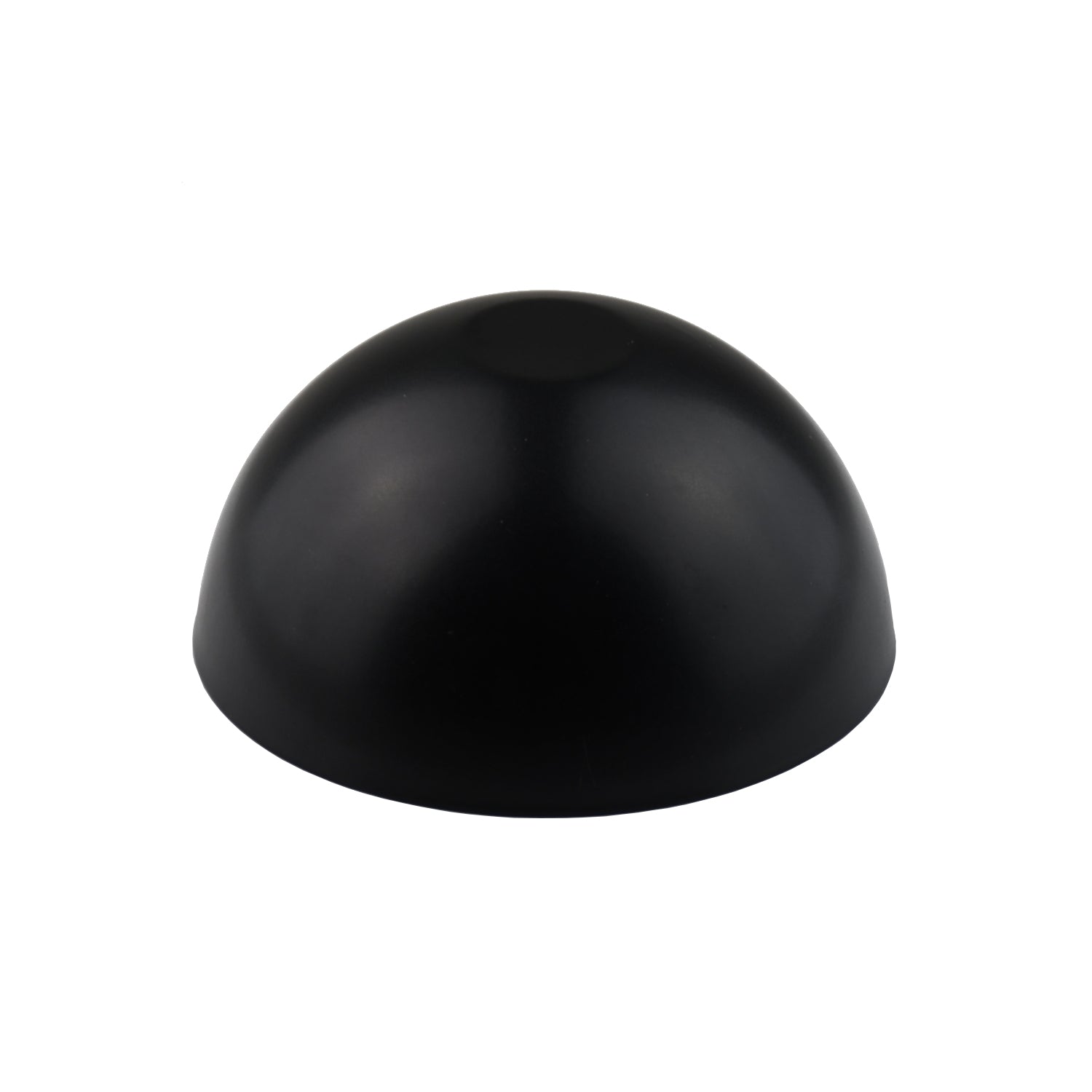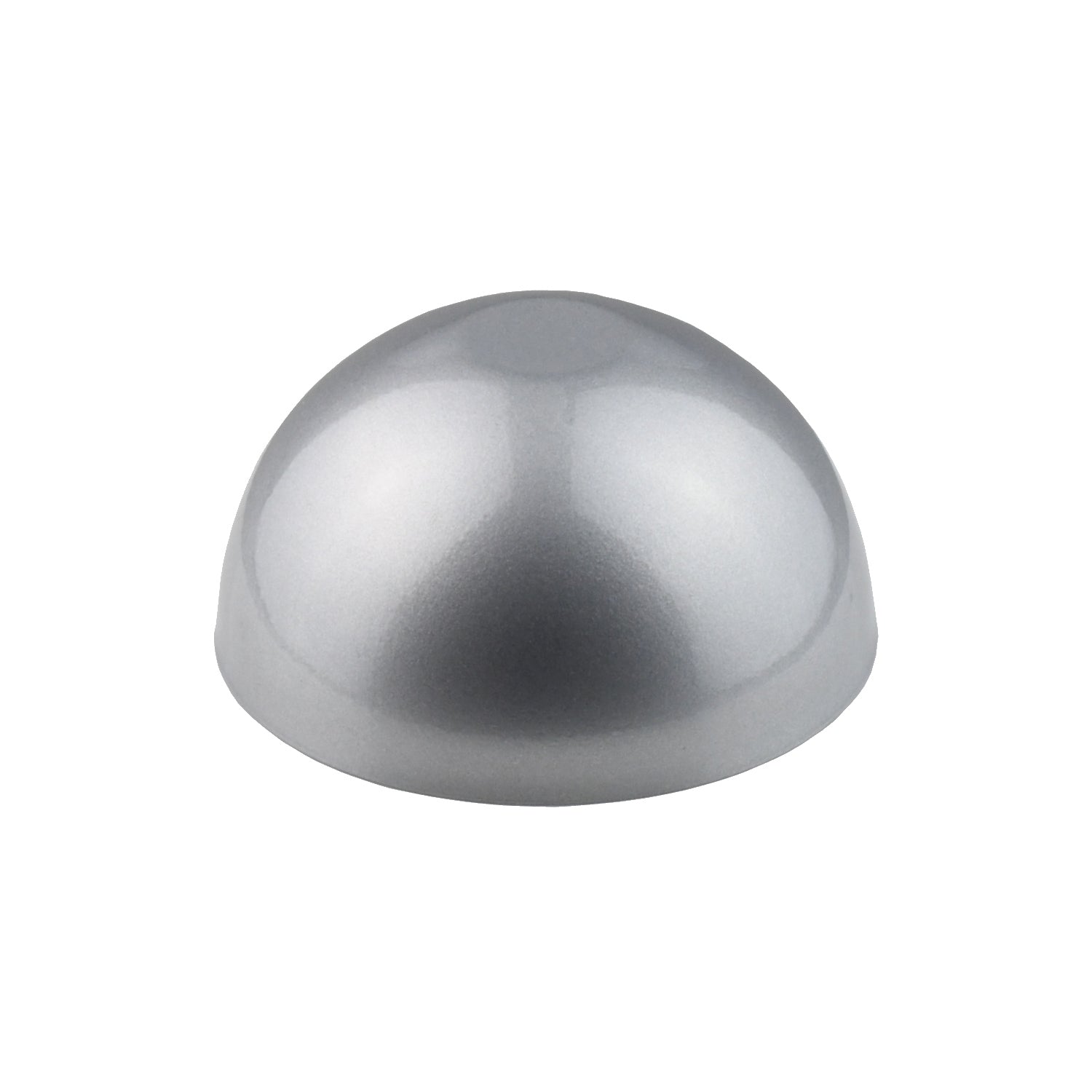Heat-resistant adhesive tape
Regular price
From €3,95
Sale price
From €3,95
Regular price
€0,00
Options
Primer Grey Classic smooth matt
Regular price
From €19,50
Sale price
From €19,50
Regular price
€0,00
Options
RAL 9005 jet black smooth high gloss
Regular price
From €14,50
Sale price
From €14,50
Regular price
€0,00
Options
RAL 9005 jet black smooth matt
Regular price
From €17,50
Sale price
From €17,50
Regular price
€0,00
Options
Colorless Classic smooth gloss
Regular price
From €19,50
Sale price
From €19,50
Regular price
€0,00
Options
Mirror Chrome
Regular price
From €24,50
Sale price
From €24,50
Regular price
€0,00
Options
RAL 9005 jet black smooth satin finish
Regular price
From €14,50
Sale price
From €14,50
Regular price
€0,00
Options
Primer White Mix smooth gloss
Regular price
From €18,50
Sale price
From €18,50
Regular price
€0,00
Options
RAL 9005 jet black fine structure matt
Regular price
From €17,50
Sale price
From €17,50
Regular price
€0,00
Options
Touch-up pen for powder coatings
Regular price
€10,90
Sale price
€10,90
Regular price
€0,00
Options
Conical plugs
Regular price
From €4,90
Sale price
From €4,90
Regular price
€0,00
Options
Colorless Classic smooth high gloss AGF
Regular price
From €26,50
Sale price
From €26,50
Regular price
€0,00
Options
Colorless Classic smooth matt
Regular price
From €22,50
Sale price
From €22,50
Regular price
€0,00
Options
Primer Black Mix smooth satin gloss
Regular price
From €18,50
Sale price
From €18,50
Regular price
€0,00
Options
Star Silver
Regular price
From €34,50
Sale price
From €34,50
Regular price
€0,00
Options
Painting hook 2 x 100 mm square flat CE 20/20
Regular price
€9,90
Sale price
€9,90
Regular price
€0,00
Options
RAL 9005 jet black smooth gloss
Regular price
From €14,50
Sale price
From €14,50
Regular price
€0,00
Options
Colorless Pro smooth gloss
Regular price
From €22,50
Sale price
From €22,50
Regular price
€0,00
Options
RAL 9010 pure white smooth gloss
Regular price
From €20,50
Sale price
From €20,50
Regular price
€0,00
Options
RAL 9005 Deep Black Offer smooth gloss
Regular price
From €17,50
Sale price
From €17,50
Regular price
€0,00

































